Anyone who has visited U Minh Ha forest in the province of Ca Mau will not forget the beauty of the country’s border area with Trem, Cai Tau and Doc rivers as well as mangrove shades and immense field of reeds.
U Minh Ha peat land region is located in two districts (U Minh and Tran Van Thoi) of Ca Mau province, Vietnam (25 km from Ca Mau city, near the coast of the West Sea, was established on November 20th, 2006, merging Vo Doi Nature Reserve and a part U Minh III and Tran Van Thoi State Forestry Enterprises) and has a total area of 8,527 hectares, of which 3,600 hectares of the previous Vo Doi Nature Reserve is strictly protected and the remaining area is a Restoration Zone.
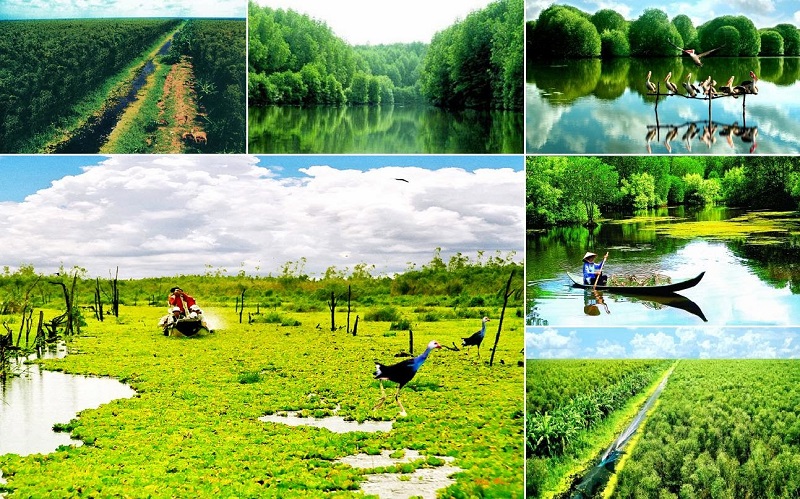
U Minh Ha sounds like a mysterious and thrilling name according to Vietnamese. Coming to the U Minh Ha mangrove indigo forest, tourists are visiting the home of Ba Phi uncle, a famous character in Vietnam folk stories treasure. Visitors will be told about imaginary animal that are seemed to be real in those tales of Ba Phi uncle and his fights with giant pythons, giant crocodiles…
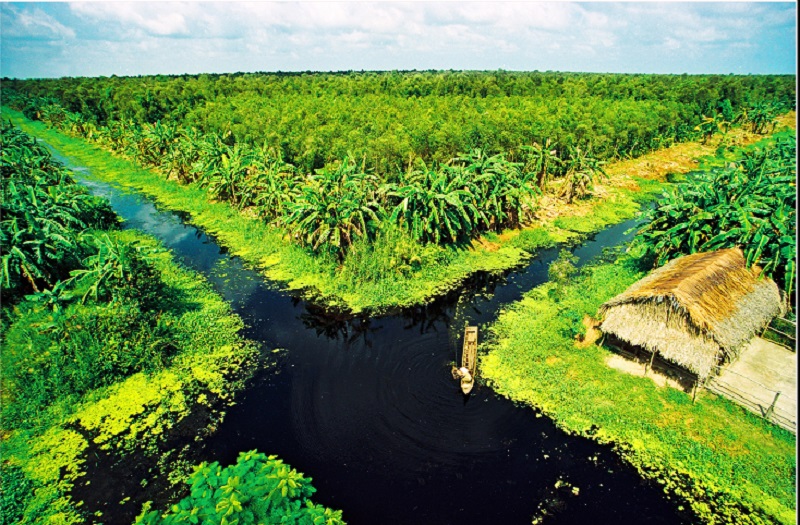
People living in U Minh Ha forest are allocated land and forest by government and make their living on their own forest such as: planting trees, exploiting woods, fishing, putting layers, put eel-pots, trawling, planting trees on the bank and so on. Being closed with the forest for ages, the natives here love the nature, love U Minh Ha a lot and keep the forests as if they are their treasure.
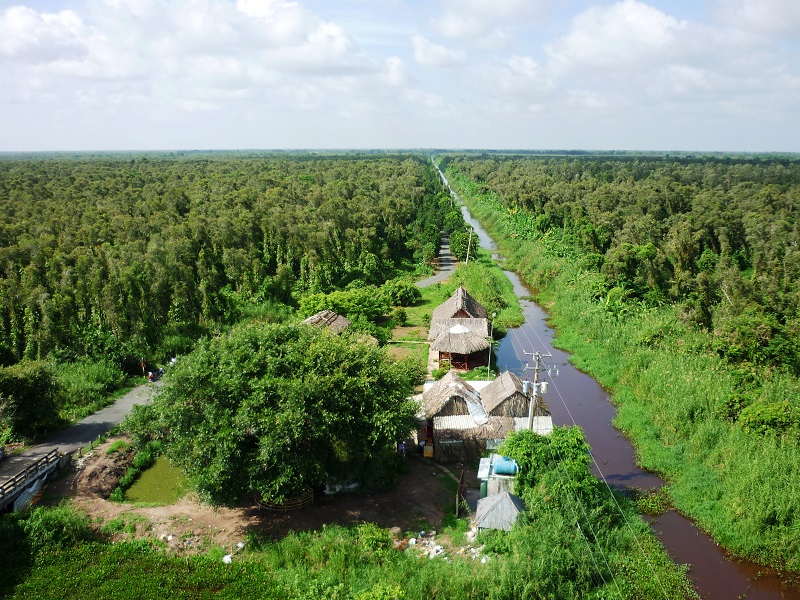
U Minh Ha has become a popular destination, attracting a large number of visitors. U Minh Ha national park has more than 8,000 hectares of indigo blues and 25,000 hectares of buffer zone as well as rich fauna and flora. Tourists can visit the observatory which is 24 metres high. Standing on the forest observation deck, visitors are surprised at endless forests and vast waterways.

In U Minh Ha, visitors can rent a boat to go along interlacing canals or walk through the forest. The national park is also home to various wildlife species, including deer, wild boars, monkeys, weasels, snakes, turtles and pangolins, many of which were listed in the Red Book.
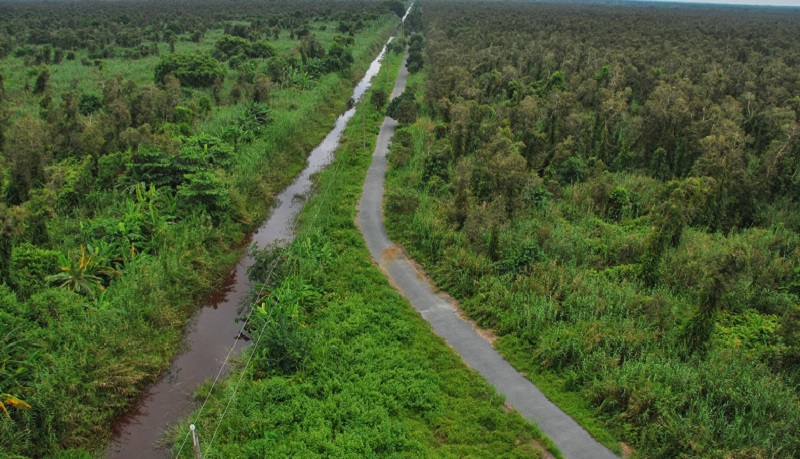
There are also around 60 kinds of freshwater and brackish water fish. Visitors can fish by themselves or ask local people to help spread the net to catch fish. After the forest travel, visitors together process and enjoy delicious and delicious rustic dishes such as grilled freshwater fish, fried field mouse, grilled snake with water lily and premature lotus leaves.
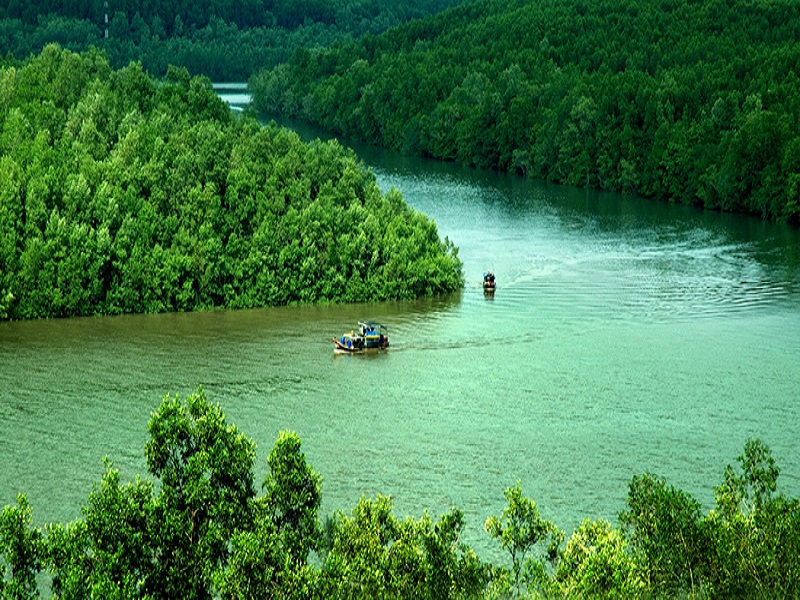
One thing should not be missed here is wild honey. Especially under the forest canopy, bees are diligently throughout the year seeking for nectar and pollen from the indigo flower to build their nests which annually brings here large volumes of honey to residents here. Wild honey here is extremely pure and intense. Above all, it has a high nutritious quality, which can be used as medicine
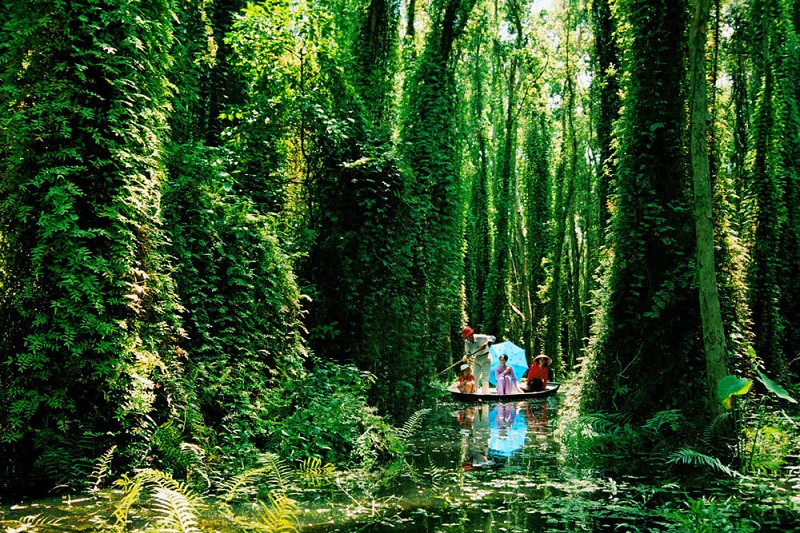

One thing needs to be noted is: visitors will be limited during the peak seasons in March and April due to the work of forest fire prevention and control.
(84-63) 3 826042 – (84-63) 3 511142
No 54 Nguyen Dinh Chieu, Ham Tien Central Mui Ne Beach Binh Thuan Vietnam
523 To Hien Thanh District 10 Ho Chi Minh City Vietnam
Ha Long Halong City Quang Ninh Vietnam
A13 Hung Thong 2 Halong City Quang Ninh Vietnam




